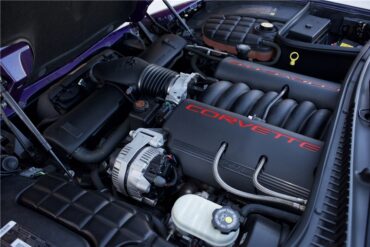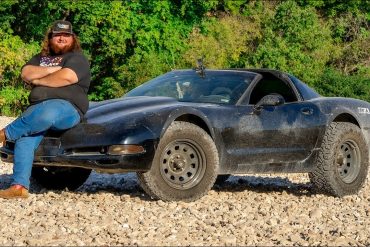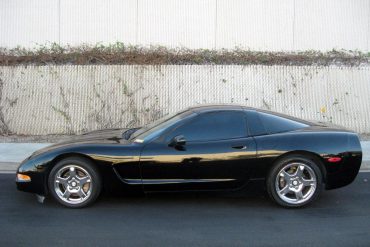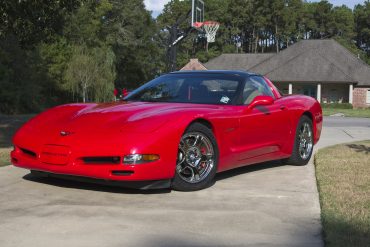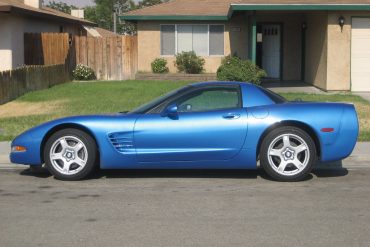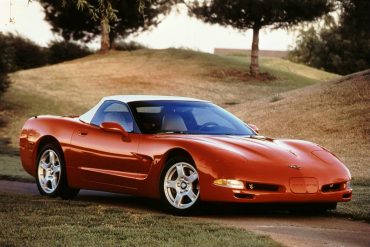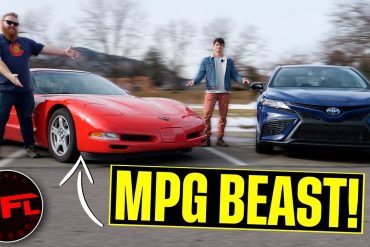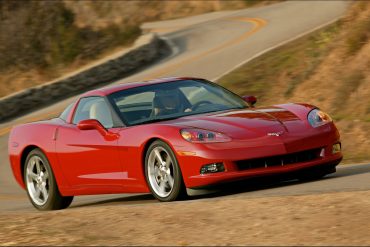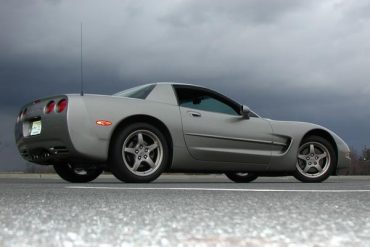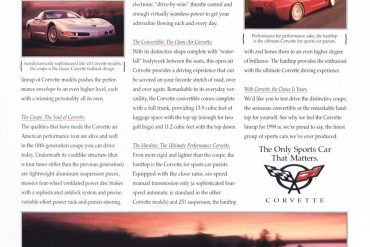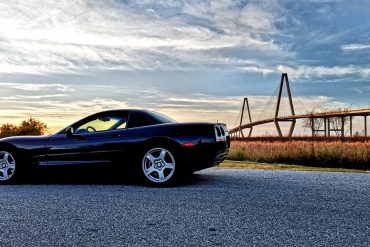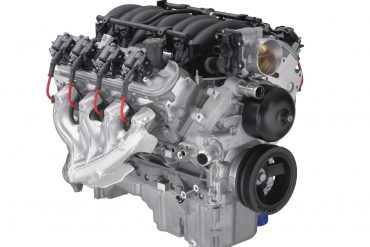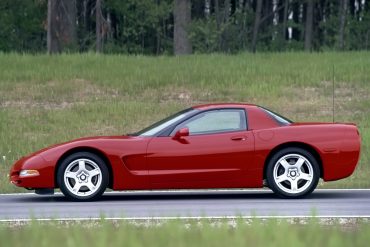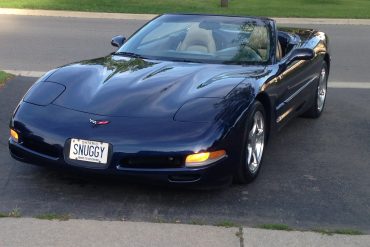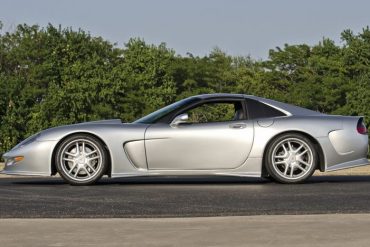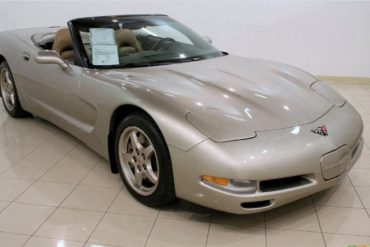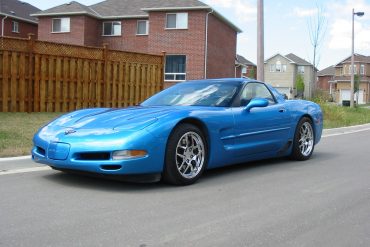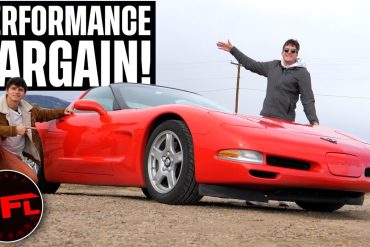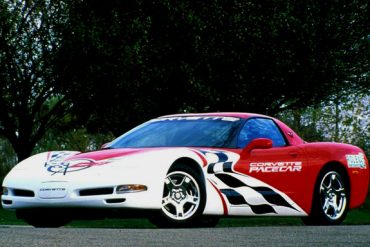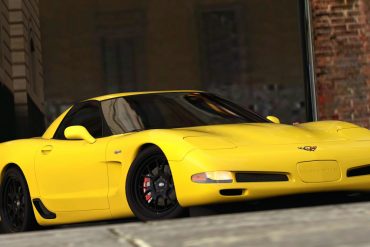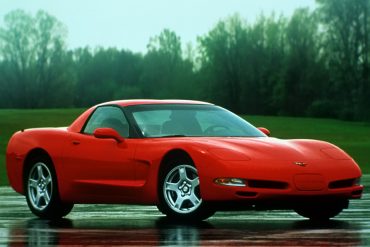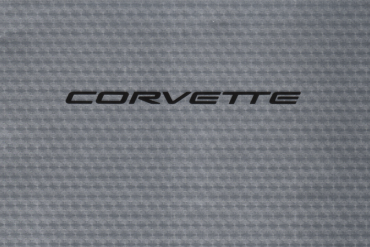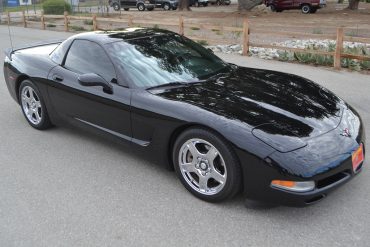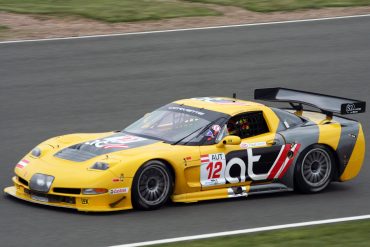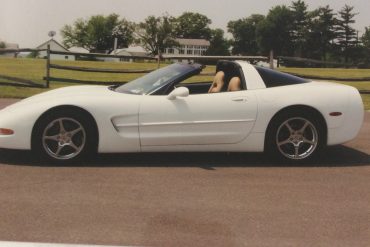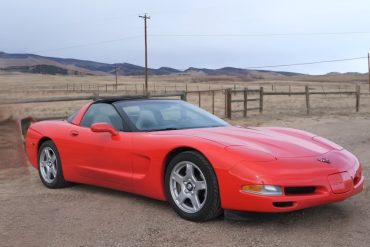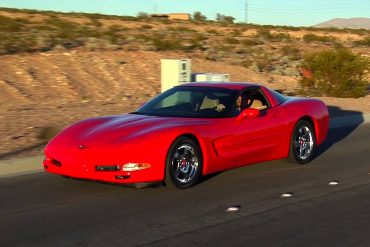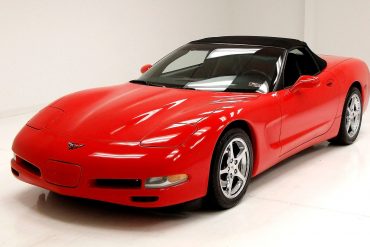When the C5 Corvette was finally unveiled critics were quick to notice a thundering new powerplant. It carried the LS1 designation, serving as the C5 Corvette’s base engine for the duration of the production run. Ironically, the C5 Corvette would only ever leave the factory with one of two individual engines. This included the aforementioned 5.7L LS1, as well as the all-powerful 5.7L LS6, which powered the C5 Z06.
Westen Champlin bought a modified 1999 Corvette for $8,500 and brought it immediately to a place they call as ‘Redneck...
1999 C5 Corvette – Service Bulletins Total Service Bulletins = 123 (Updated Jan 6 2017) Make: CHEVROLET Model: CORVETTE Year:...
Torch Red 1999 Chevrolet Corvette We found some examples of 1999 Corvette in the Torch Red color scheme. These real Torch Red paint...
Bright Blue (Nassau) 1999 Chevrolet Corvette We found some examples of 1999 Corvette in the Bright Blue (Nassau) color scheme. These...
For all 1999 Corvettes, the Vehicle Identification Number was stamped on a plate on the inner vertical surface of the left windshield pillar visible through the windshield.
Can a roaring Corvette be more fuel-efficient than a practical Toyota Camry Hybrid? The folks at TFLclassics on YouTube put...
The Models To Buy If You’re Buying Your First Collector Corvette. You Can’t Go Wrong With These Classics. Collecting Corvettes...
See the complete technical specifications and performance information for the 1999 Chevrolet Corvette, including engine specs, acceleration, & quarter mile.
1999 Corvette Ads We have curated a cool list of all the 1999 Corvette advertisements, commercials and posters we could...
We have curated the ultimate collection of the 1999 Corvette Wallpapers and HD backgrounds for you to enjoy. Free to download
The LS1 is the spiritual successor to the “small block V8” that GM uses in rear-wheel-drive cars, trucks, and vans. It was introduced in 1995 as the “GEN III” engine and it only shared rod bearings, lifters, and bore spacing with its predecessors (which was in production 1955 until 2003). Little did GM expect for the LS1 has become a legend.
The 1999 Corvette was maturing as both a performance platform and as an aesthetic knockout. Get all the options, pricing, and color data here.
Navy Blue 1999 Chevrolet Corvette We found some examples of 1999 Corvette in the Navy Blue color scheme. These real Navy...
Callaway has built a firm reputation for producing some of the most sophisticated and advanced Corvette-based automobiles. Introduced in 1998, Callaway’s C12 continued this proud legacy. Designed, developed and constructed by two top German engineering and development companies, Callaway and IVM, the C12 was intended as a bespoke, high-performance car that offered its occupants a civilized interior and relaxed ride. One of the most respected Corvette super-cars ever.
Another cool inspiration for off-road lovers out there! This particular 1999 Corvette that was featured in Bring A Trailer was...
Light Pewter 1999 Chevrolet Corvette We found some examples of 1999 Corvette in the Light Pewter color scheme. These real Light...
To Remain or Not To Remain Factory Equipped? That Is the Question… Every Corvette owner knows that driving their car...
The C5, introduced in 1997, marked a significant departure from its predecessor, the C4, particularly in the engine department. The...
The following list of common issues is intended for individual reference only, and may not reflect the specific issues of every 1999 Corvette.
Corvette’s decision to become the official pace car of the Rolex 24 Hours at Daytona is a key component of Chevrolet’s strategy to reinforce Corvette’s image as "America’s Performance Icon." Jim Campbell, Corvette brand manager, is responsible for developing this strategy, and he’s the guiding force behind Corvette’s return to the racetrack.
Built from 1997 until 2004, the C5 Corvette is considered one of the most reliable. Given its increasing affordability, the C5 offers a lot of power and performance at great value. How its maintained and cared for can dramatically affect the overall quality.
What would come to be known as the FRC Corvette (Fixed Roof Coupe), the 1999 hardtop was essentially a convertible...
You can download for free this exclusive 1999 Corvette sales brochure for more information about the car. "Powerful drivetrain, balanced chassis, fun to drive... the best Corvette ever, and better value than a 911" - Car and Driver. "A home run in every way".
Black 1999 Chevrolet Corvette We found some examples of 1999 Corvette in the Black color scheme. These real Black paint pictures of...
Competing as a production-based sports car, the new C5-R Corvette was developed to compete as a GTS-class race car that...
Arctic White 1999 Chevrolet Corvette We found some examples of 1999 Corvette in the Arctic White color scheme. These real Arctic...
The fifth generation Corvette was introduced in the 1997 model year, and a major upgrade from the C4 to the...
Browse 1999 C5 Corvette pictures, photos, and images. Explore and get inspired by hundreds of interior, exterior and action photos.
1999 C5 Corvette Ultimate Guide. History, Production Stats & Facts, Engine Specs, VIN Numbers, Colors & Options, Performance & Much More, we cover it all.


